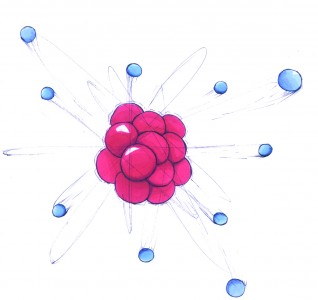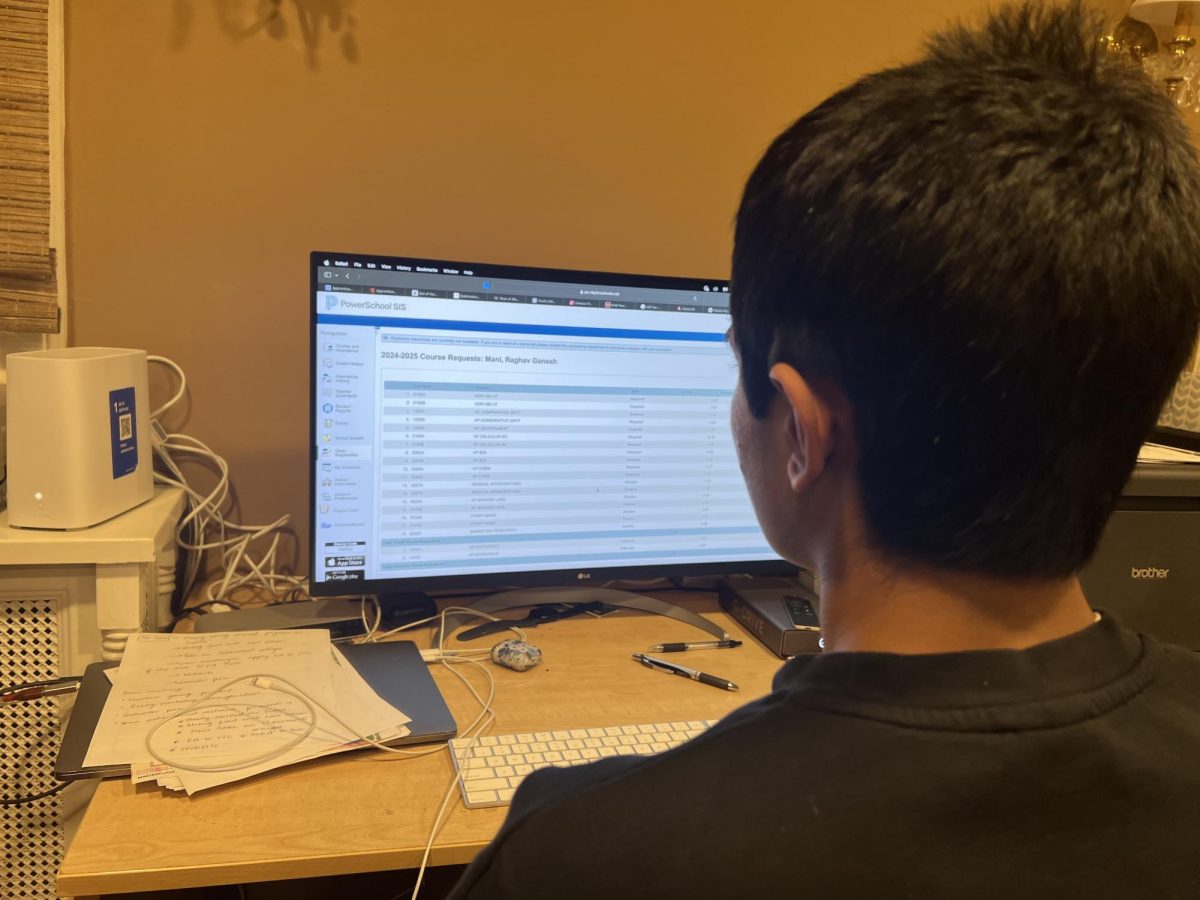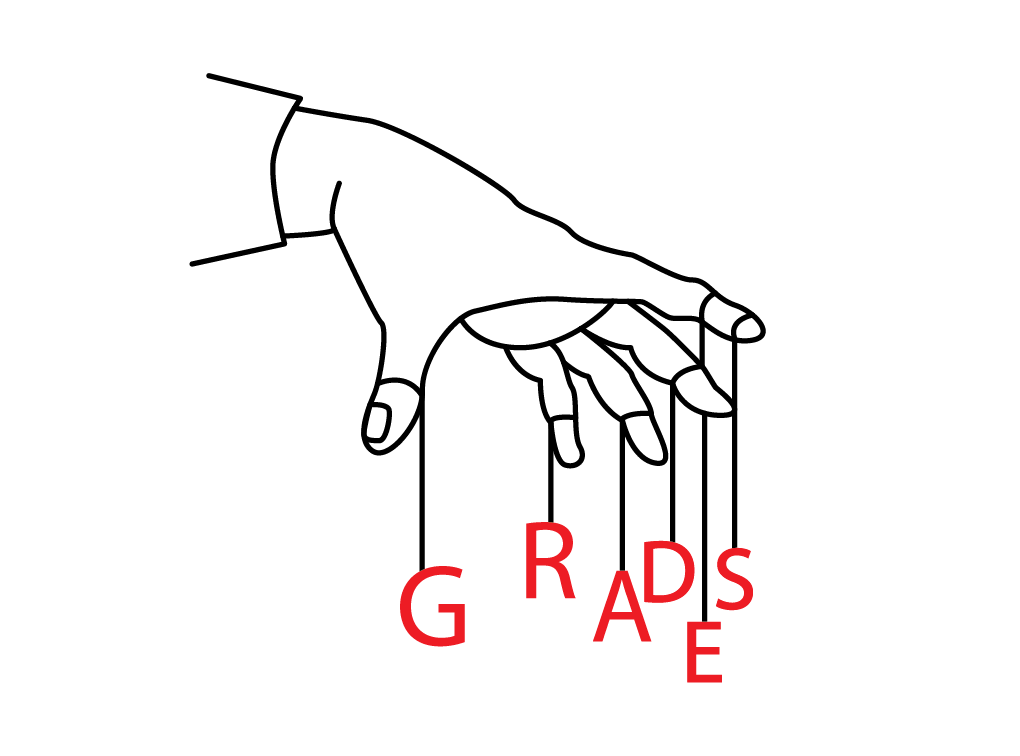NO, It’s much too risky
There’s a reason that no new nuclear power plants have been approved in the United States since the late 70s: nuclear power is not safe. Although it does produce massive amounts of energy, nuclear power production is also fraught with uncertainties, where even the smallest of human errors can result in massive nuclear fallout.
The sides are clear: the risks of nuclear power far outweigh its benefits.

As of today, there is no safe method of disposing of radioactive waste. Most institutions simply store it at the reactor sites themselves, where, as their processes continue, nuclear waste continues to accumulate.
No one has any idea how to get rid of these hazardous containment facilities. The 430 current nuclear dumps are just accidents waiting to happen.
Other proposals for nuclear waste disposal are just as bleak. Most experts agree on the need for deep underground storage facilities, where good technology and heavy guarding could potentially contain the radioactive materials safely.
However, that is no guarantee that this method would be viable, and there are currently no countries that employ such storage facilities.
Chief among nuclear power concerns, however, is safety. As if the current crisis in Japan isn’t lesson enough, there have been countless nuclear disasters spanning the decades, all of which were due to basic safety failures in the nuclear power plant system.
Kyshtym, 1957:
Kept secret as a result of Cold War tensions, the nuclear power plant at Kyshtym was not well known until it exploded in September of 1957, having an estimated explosion force of 70-100 tons of TNT.
The 10,000 citizens of the neighboring towns were not evacuated until a week later, at which time the skin began sloughing off their faces from the radiation. The fallout cloud covered 800 square kilometers, over an area that is now known as the East-Ural Radioactive Trace, which is still heavily contaminated with radioactivity.
Chernobyl, 1986:
Classified as the worst nuclear disaster on record, this resulted from a sudden power surge during a systems test in a nuclear power plant in the Ukraine. Attempts to stop the power surge failed miserably, and the resulting explosions and fire plume sent out highly radioactive smoke into the atmosphere. Conservative estimates place the death toll at around 4,000, while others estimate as many as 200,000 people died as a result of Chernobyl.
Three Mile Island, 1979:
Situated on a small island near Harrisburg, Penn., the Three Mile Island nuclear power plant worked normally until March of 1979. It was then that confusion over a stuck valve led to the partial core meltdown of the second reactor. When the Nuclear Regulatory Commission was called in to clean up, they authorized the dumping of 40,000 gallons of radioactive waste directly into the Susquehanna River. Reports on mutations and injuries from the fallout vary, but shortly after the incident, protests against nuclear power rose to a fever pitch.
Japan, 2011:
Since the disastrous earthquake and tsunami on March 11, the world has been waiting with bated breath to see the outcome of the increasing failures at various nuclear power plants. Citizens have been warned against consuming water, plants, and even meat that have been shown to contain levels of radiation. As the fear and paranoia surrounding the fallout continues, one solution becomes eminently clear: nuclear power is simply not the answer.
Renewable energy is the answer. Although nuclear power does aid in the clean power movement, the inherent safety risks and logistical problems associated with its upkeep are simply too much to handle.
Until there is a proven and safe method of nuclear power production (which could very well never happen), nuclear power is simple not a viable option.
Production plants should instead turn to other sources of renewable energy, such as wind, solar, or geothermal power. These methods are safe and effective, and, although they do not provide as much of a power kick as nuclear power, they are safe for people and the environment, which should be our chief concern.
YES, It’s reasonably safe
Ever since the atom bomb was unleashed on Japan in 1945, nuclear power has been an international point of contention. Whereas some countries, such as France, rely almost completely on nuclear energy, others, such as Australia, forbid nuclear plant construction completely.
Yet 66 years after Hiroshima and Nagasaki, in the middle of March, Japan suffered yet another nuclear tragedy. Hammered by tsunami waves and smashed by the largest magnitude earthquake Japan has ever felt, the Fukushima I Nuclear Power Plant exploded, killing two and necessitating medical care for 39.
What does this say about nuclear energy sources? Detractors immediately flocked to the accident as proof of why nuclear energy is unsafe and unusable in today’s society.
Nonetheless, one must identify why and how people were injured to make a legitimate conclusion.
Of the dead and wounded at Fukushima, both deaths were due to physical damage from the explosion itself, and only two workers needed medical radiation treatment.
Hypothetically speaking, had a coal or gas power plant been in place instead of a nuclear plant, the damage would have been far greater. In order to prepare for containment breaches or massive natural disasters like tsunamis or earthquakes, nuclear power plants are built far sturdier than other types of power plants.
If a nuclear power plant does collapse, the isotope released into water has a half-life of eight days. Thus, sea radiation levels would be reduced many times over in as short of a period as a month.
In the Chernobyl disaster, damage was mainly caused by operator ignorance and the fact that many of the reactor’s safety measures were off.
Another famous accident was Three Mile Island in Pennsylvania, where a reactor suffered a meltdown.
It is interesting – and perhaps inconvenient for nuclear alarmists – to note that while measurable quantities of radioactive isotopes were released in that incident, no deaths were attributed to either the meltdown or the radiation.
It goes without saying that after the Chernobyl and Three Mile Island incidents, safety regulations have been heightened for nuclear power plants all across the world. A catastrophic disaster such as Chernobyl has a negligible chance of happening again.
Mining accidents continue to claim far more lives than nuclear accidents, and toxic heavy metal leakage from coal and gas plants have caused widespread and long-term ecological damage beyond that of Chernobyl.
One must note, of course, that nuclear power plant waste is not nearly as ecologically damaging as that of conventional power plants.
Gases released amount to, at the most, steam from the cooling towers – not nearly as damaging as carbon dioxide and sulfur dioxide from coal and gas plants. Similarly, the majority of radioactive waste produced by reactors has minor levels of radioactivity and can be stored in a compact, efficient and safe manner.
In addition to their safety, Nuclear power plants are less expensive over the long run than conventional plants. While the up front cost is much higher due to the necessity of advanced containment facilities, the fuel and maintenance costs combined total less than the operating costs of coal plants.
Longevity of the fuel itself is also under debate. Detractors claim that there is far less available uranium in the earth than coal, oil and gas reserves.
This is technically true, but the energy density of uranium is such that the energy available from one ton of uranium is equivalent to that of several million tons of coal.
In nuclear terms commercially available technology in the form of “breeder†reactors alleviates any fuel constraints that may have existed. This is done in two ways: breeder reactors can run on more common radioactive isotopes, obviating the need to mine and refine uranium ore; moreover, breeder reactors produce usable nuclear fuel as a biproduct of the energy generation process.
In essence, very little fuel is actually and irrevocably consumed, a majority of it being converted back into useful nuclear fuel.
Thus, nuclear energy could even be termed renewable – indeed, some scientists estimate that nuclear power could feasibly be used until the sun scorches the earth to smithereens.
Ultimately, the viability of nuclear energy cannot be based on a few accidents, just as how coal-fired power plants are not declared useless on the basis of the numerous accidents and deaths related to that source of energy.
When one considers the facts, the legitimate and scientifically correct conclusion is that nuclear energy must be used as an energy source to both bolster our energy capacity as well as preserve the environment.
By Caitlin Kropp and Shuyang Li






